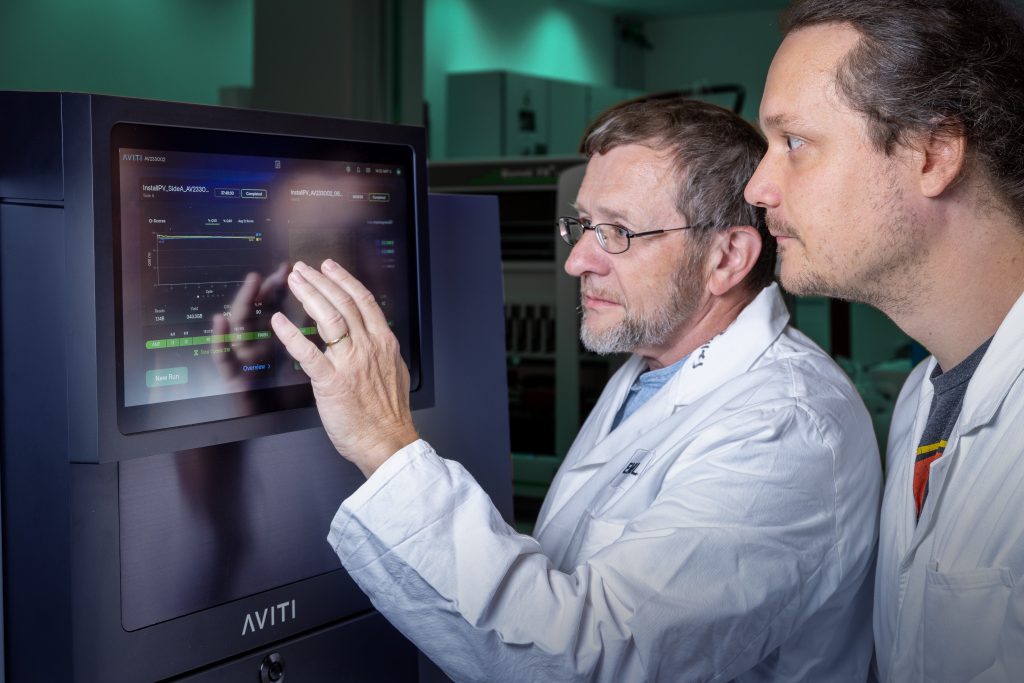11 March 2024
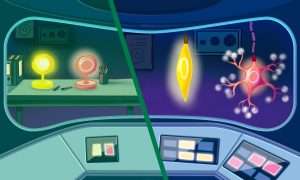
Science, Science & Technology
New research from EMBL Heidelberg shows how cells in developing embryos undergo a major shift in the way they regulate gene expression as they mature and differentiate.
2024
sciencescience-technology
27 October 2023
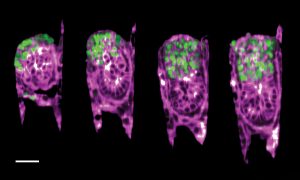
Picture of the week, Science, Science & Technology
EMBL researchers have created an engineered uterus that allows a closer look at a mouse embryo’s development and its interactions with the uterine environment.
2023
picture-of-the-weeksciencescience-technology
30 March 2023
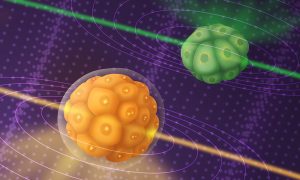
Lab Matters, Science, Science & Technology
A new microscope built by EMBL researchers, based on Brillouin scattering principles, allows scientists to observe the dynamics of mechanical properties inside developing embryos in real time.
2023
lab-matterssciencescience-technology
8 February 2023
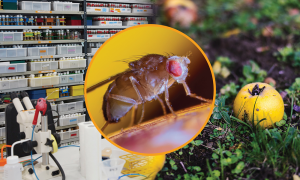
Science
EMBL researchers are stepping outside the lab and thinking outside the box to understand the basic principles that underlie the development and evolution of organismal characteristics.
4 August 2022
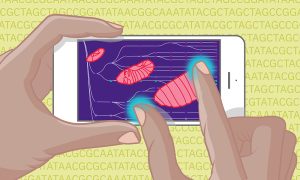
Science, Science & Technology
EMBL and UW researchers plus additional collaborators have constructed a complete map of fruit fly embryonic development using machine learning. This research is foundational to better understanding overall embryo development in other species, including humans.
2022
sciencescience-technology
4 March 2022
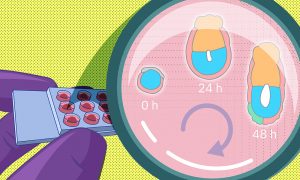
Science, Science & Technology
A recent study by EMBL researchers proposes a new method to grow early embryos in the laboratory. With a 3D culture set-up, scientists can closely monitor the changes embryos undergo around the time of implantation.
2022
sciencescience-technology
25 February 2022
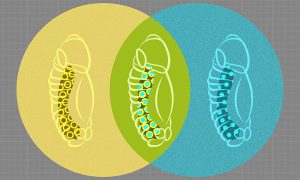
Science, Science & Technology
Researchers from the Furlong group at EMBL have come up with a way to observe the development of fruit-fly embryos simultaneously at the genetic and cellular levels, generating a high-resolution and integrated view of how different cell lineages form.
2022
sciencescience-technology
30 March 2021

Lab Matters, People & Perspectives
The new group leader at EMBL Rome will study how embryos can inherit non-genetic information from their parents that causes stable and heritable effects
2021
lab-matterspeople-perspectives
27 January 2021

Lab Matters, People & Perspectives
New group leader Nicoletta Petridou explains her fascination with the complexity of early embryo development, and how the interdisciplinary nature of EMBL will aid her research.
2021
lab-matterspeople-perspectives
8 September 2020
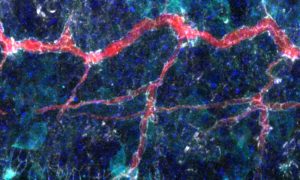
Picture of the week, Science & Technology
While this may seem like a nebula made up of interstellar clouds of dust and ionised gases, this image isn’t of a galaxy beyond the Milky Way.
2020
picture-of-the-weekscience-technology
15 May 2020
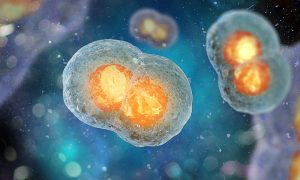
Science, Science & Technology
Researchers from the Sharpe group at EMBL Barcelona have published a method to track the developmental history of a cell using the gene editing tool CRISPR–Cas9, but without the need to create transgenic organisms.
2020
sciencescience-technology
20 April 2020
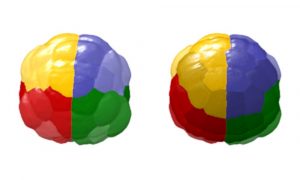
Science, Science & Technology
Researchers from EMBL Heidelberg have created a complete description of early embryo development, accounting for every single cell in the embryo.
2020
sciencescience-technology
8 October 2019
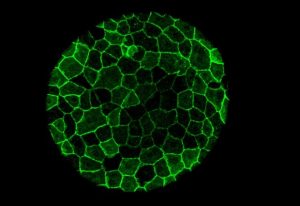
Picture of the week, Science & Technology
Despite missing the characteristic stripes one would expect from a zebra – or a zebrafish – the fractals in this Picture of the Week show a zebrafish; or at least some cells in a zebrafish embryo, a few hours after fertilisation. Zebrafish are not only popular aquarium fish, they are also an…
2019
picture-of-the-weekscience-technology
16 November 2018

Lab Matters, Science & Technology
How EMBL scientists are using machine learning to advance biology
2018
lab-mattersscience-technology
15 November 2018
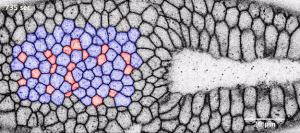
Science, Science & Technology
The De Renzis group investigated invagination, the first step of organ development in embryos.
2018
sciencescience-technology
3 August 2018
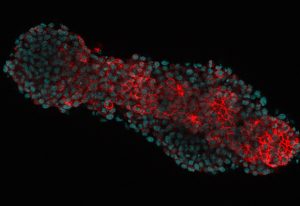
People & Perspectives, Science
An engineer’s approach to understanding morphogenesis
2018
people-perspectivesscience
12 July 2018
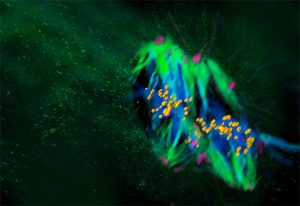
Science, Science & Technology
Mammalian life begins differently than we thought
2018
sciencescience-technology
25 September 2013
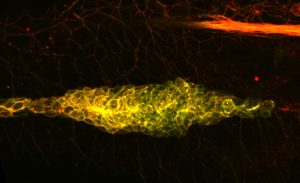
Science, Science & Technology
Migrating cells, it seems, cover their tracks not for fear of being followed, but to keep moving forward. Scientists at the European Molecular Biology Laboratory (EMBL) in Heidelberg, Germany, have now shown that cells in a zebrafish embryo determine which direction they move in by effectively…
2013
sciencescience-technology
7 August 2013
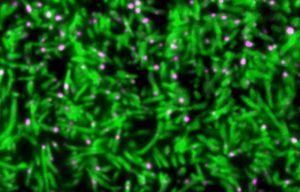
Science, Science & Technology
The process cells use to ‘swallow’ up nutrients, hormones and other signals from their environment – called endocytosis – can play a crucial role in shaping the cells themselves, scientists at the European Molecular Biology Laboratory (EMBL) in Heidelberg, Germany, have found. The study,…
2013
sciencescience-technology
19 December 2012
Science, Science & Technology
Gene expression wave in the lower part of the future vertebrae column of a mammalian embryo. As the wave goes forward, new pre-vertebrae are formed and the future vertebrae column elongates. (Image and video credit: Nature) In a nutshell: The size of pre-vertebrae in a mammalian embryo is…
2012
sciencescience-technology
5 July 2012
Science, Science & Technology
A traffic policeman standing at a busy intersection directing the flow of vehicles may be a rare sight these days, but a similar scene appears to still frequently play out in our cells. A protein called Lem4 directs a crucial step of cell division by preventing the progress of one molecule while…
2012
sciencescience-technology
3 June 2012
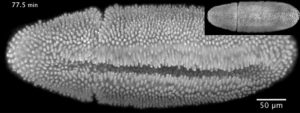
Science, Science & Technology
“This video shows a fruit fly embryo from when it was about two-and-a-half hours old until it walked away from the microscope as a larva, 20 hours later,” says Lars Hufnagel, from the European Molecular Biology Laboratory (EMBL) in Heidelberg, Germany. “It shows all the hallmarks of fruit fly…
2012
sciencescience-technology
18 March 2012
Science, Science & Technology
Like any law-abiding train passenger, a molecule called oskar RNA carries a stamped ticket detailing its destination and form of transport, scientists at the European Molecular Biology Laboratory (EMBL) in Heidelberg, Germany, have found. They show that for this molecule, moving in the…
2012
sciencescience-technology
2 February 2012
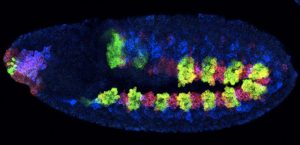
Science, Science & Technology
If you wanted to draw your family tree, you could start by searching for people who share your surname. Cells, of course, don’t have surnames, but scientists at the European Molecular Biology Laboratory (EMBL) in Heidelberg, Germany, have found that genetic switches called enhancers, and the…
2012
sciencescience-technology
20 July 2008
Science
Mouse mothers-to-be have a remarkable way to protect their unborn pups. Because the smell of a strange male’s urine can cause miscarriage and reactivate the ovulatory cycle, pregnant mice prevent the action of such olfactory stimuli by blocking their smell. Researchers from the European…
No matching posts found
























